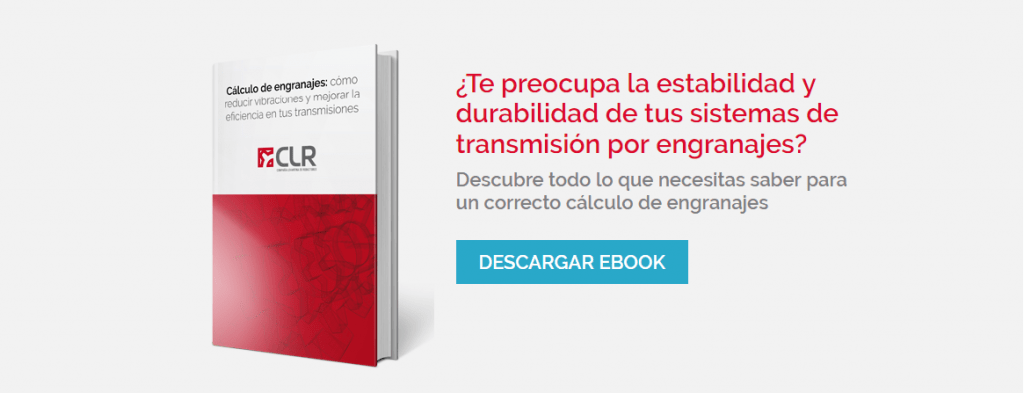Aeronautics, mining, manufacturing chains in the automotive sector, pharmaceutical industry, textile... sectors and fields in which they can be found machines that use different types of gears are abundant.
The progressive replacement of the old belts and pulleys with gears is due to the Higher performance than these transmit.
The gears, which they base their basic operation on the coupling between a crown and a pinion such as toothed wheels, are made of various materials and with various tooth widths, face width, head circumference and circular pitch.
In this article we are going to learn about the most important modes of the different types of gears
Types of gears on the market
Below we are going to see several divisions that can be made of the different types of gears that are most used today.
According to their teeth: parallel axes and perpendicular axes
The main distinction between the types of gears available in the market is made depending on the position and shape of your teeth. In this way, they are divided between parallel axis and perpendicular axis.
Parallel shaft gears
- Cylindrical gears of straight teeth. Generate radial reaction loads on the y-axis transmit power through parallel axes. This type of Gear is the simplest and is usually used for small and medium speeds, since it generates noise when its speed increases.
- Cylindrical gears with helical teeth. The transfer of power occurs in the same way as in the previous type of gear, but now the axes can be perpendicular (auger-crown) or parallel. Its teeth are oblique in relation to the axis of rotation and They move more movement and at a higher speed than straight cylindrical gears. They are more fluid and quieter, but in return they require greater greasing and wear out more.
- Double helical gears or 'spine gears'. They combine the right and left propeller. A symmetric branch generates an opposite and equal thrust. Eliminate axial thrust, which means that bearings and supports no longer have to absorb it.
Parallel shaft gears include cylindrical gears with straight teeth, helical teeth and double helical gears
Perpendicular shaft gears
- Crossed helical. They carry out a wedge or screw movement, which results in a high degree of slippage in the flanks of the tooth. Easy to assemble, they must have the same normal diametrical steps for the gear to be suitable. They can go the same way or the other way around.
- Straight-toothed conical Little used now, they transmit the movement of axes that cut in the same plane, usually at a right angle, by means of serrated conical surfaces. The teeth converge at the intersection of the axes. They are usually used to slow down with axles placed in a 90-degree position and are noisy.
- Conical helical teeth. Su contact surface is larger compared to that of conical gears straight-toothed. They can transmit the motion of axes that are cut and are used to lower the speed on 90-degree axes.
- Conical hypoids. Its attack pinion is offset in relation to the axis of the crown. They stand out for their long lifespan and low noise that they generate, although they require extreme pressure oils. They are used in boats and industrial machines.
- Helical wheel and auger screws. They have a worm screw, which works as a conductor, and a crown, driven by it. The screw moves the crown with its rotation. Although its most common wheelbase angle is 90 degrees, it can be different.
To learn more: Helical gears or straight gears?
Types of gears for special applications
- Indoor or annular. Son similar to spur gears, although its teeth are not carved on the outside, but on the inside of a wheel or a ring with a flange. A pinion drives the inner gears and maintains the sense of angular velocity.
- Planetariums. Also called Epicycloidal, this is a tGear train in which a central one has around it one or more external gears. They are often used for automobile transmissions.
- With a zipper. Used in lathes for the movement of the longitudinal carriage, They do not exert a transmission ratio, but rather a length. In your case, we speak of wheelbase, since the rack falls into the category of infinite-diameter gears.
What materials are used to make gears
El steel subjected to tempering treatment, it is one of the most common materials for different types of gears, it is also common to use aluminum. Other materials used are:
- High strength steels
- Forged stainless steels
- Copper-based alloys
- Cast or forged aluminum alloys
- Cast iron or gray cast iron
- Magnesium alloys
As for the plastics, which have self-extinguishing properties, polycarbonate (PC), polyamide or PVC stand out, as well as acetal resins. Meanwhile, among the non-fuels, the most commonly used are polyetheretherketone PEEK, polytetrafluoroethylene (PTFE) and liquid crystal polymers (LCP).
You may be interested in: Why improve your safety mechanisms with fireproof plastics
Gear applications and utilities
The different types of gears are present in many sectors, such as:
- El agricultural, in which they play a key role in carrying out mechanized tasks, such as planting, plowing or irrigation, as well as in the tractors themselves.
- In the Automotive sector, their function is usually to act as transmitters of forces and to regulate speed.
- As for naval vehicles, the gears operate on fishing boats, submarines, on work boats or yachts.
- In wind energy, gears increase the speed of generators, a function that is also used by cement manufacturing industries. Roller mills are used for transporting slabs and for wire rolling mills.
In addition, there are four Especially representative gear applications and used in a multitude of sectors and fields:
1. Hydraulic pump
Transform the mechanical energy Rotary in hydraulic energy. It consists of a pair of coupled gears and has the driven shaft and the driver, which is the one driven by the motor shaft.
This, due to the displacement caused by the contact between the teeth of the gears, causes the driven shaft to rotate.
2. Speed reducer
They employ pairs of circular and toothed gears per Lower the speed of the engine efficiently and safely. They also use gears with very different diameters, to reduce the speed of rotation.
3. Differential
Widely used in the automotive sector, makes it easier for the two driving wheels of a vehicle to rotate at a different speed than the others when cornering.
El differential It is made up of two planetary gears attached to the ends of the wheel axles, and two other satellites or conical pinions located at the ends of its satellite carrier axle.
4. Gearbox
It couples the engine to the transmission system with different gear ratios. Moreover Reduce the number of revolutions of the engine.
Ball bearings support the axles of the gearbox. It is attached to the inertia steering wheel of the engine through the clutch or torque converter.
How and where to find the right types of gears
Choosing the right type of gear is essential to avoid stoppages and costly repairs in any industrial environment.
The effectiveness of these mechanisms is determined by several factors, such as design, contact force, resistance to the flexion or vibration generated by the various couplings between the gears.
Related Reading: Tips to keep in mind when buying gears
CLR (Levantine Reducing Company) offers an engineering consultancy service and comprehensive prototype design, as well as a wide range of mechanical components and established experience in the sector, with more than 25 years of specialization.
All this has led to the positioning of CLR as a refferent in the manufacture of gearmotors and reducers, ensuring total satisfaction with the performance of their products.
CLR, which is led by a team of engineers that uses the most cutting-edge technology, is a full partner in logistics, manufacturing and customer service, allowing it to overcome the highest demands and provide a comprehensive advisory service.
Do you need to find the right component for your drive projects? Put yourself in contact us and we will advise you.

We offer customized, tailor-made solutions. Configure with us the perfect gearmotor for your project.
¿Tienes un proyecto en mente?
We can manufacture your tailor-made solution, we accompany you at every stage of the project to offer the solution that best suits your application.
Do you have a project in mind?
We can manufacture your tailor-made solution, we accompany you at every stage of the project to offer the solution that best suits your application.









